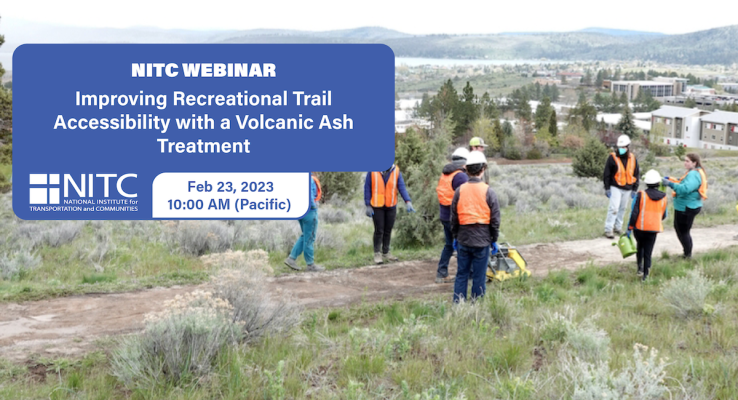PRESENTATION ARCHIVE
OVERVIEW
Recreational trails serve as valuable transportation corridors and support the health of users. Wheelchair accessibility of recreational trails depends on a variety of conditions, including slope, cross-slope, and surface characteristics. This project focused on improving the firmness and stability of a 0.2-mile section of trail that was otherwise accessible. The existing trail surface consisted of loose ¼” off-specification aggregate on native soil. A volcanic ash-Portland cement binder, studied in prior research, was batched, distributed, mixed, wetted, and compacted on site to improve the firmness and stability of the surface resulting in a smoother surface with less rolling resistance. The webinar will present details of the trail conditions, materials, batching, placement, and surface characteristics before and after treatment.
KEY LEARNING OUTCOMES
Attendees will be able to:
- Describe and differentiate pozzolanic and cementitious...


